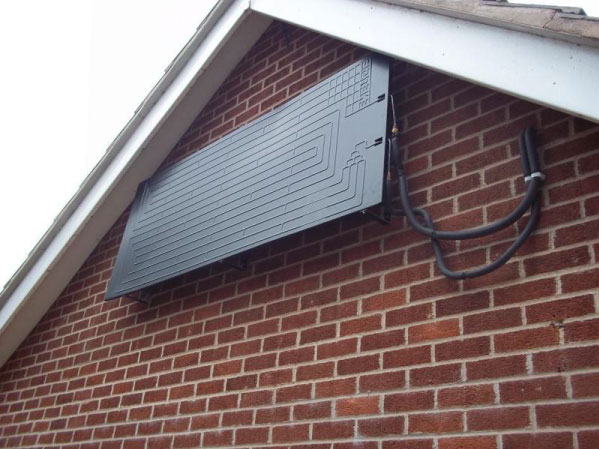
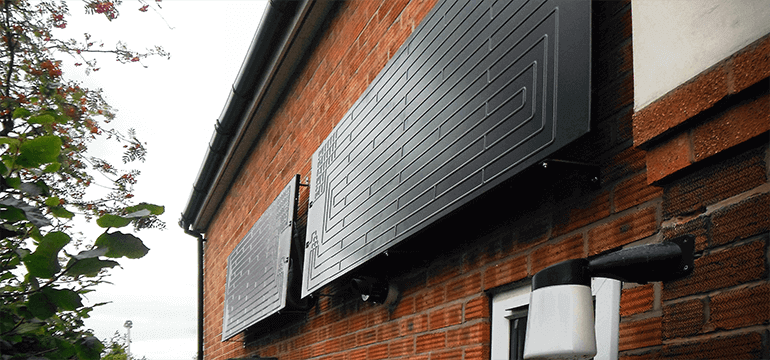
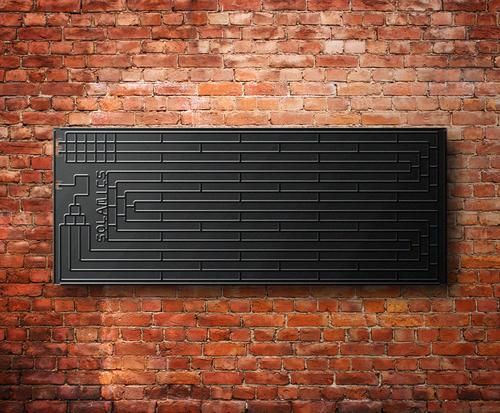
Cost-Effective Water Heating Using Thermodynamic Panels
Renewable energy sources have improved the lives of many in the UK, and they continue to do so as more people embrace them. Thermodynamic water heating panels are one of these alternative energy sources that are still relatively new to the British market, yet have already made a name for themselves thanks to their efficiency and reliability, as well as their ability to operate in conditions which are unsuitable for solar thermal collectors, for example, at night or during wintertime.
A thermodynamic water heating system is a simple solution for reducing heating and gas bills. Only a heat collector panel and a compressor need to be installed and connected to your already existing hot water tank, and the system is already up and running.
The technology behind thermodynamic panels is based on simple heat exchange. Similar to air-to-water heat pumps, the heat from the ambient air is collected through a special fluid that and, with the help of a compressor, heats up the tank for domestic hot water. This results in a very low-cost source for hot water for your kitchen and bathroom sinks, tubs and pools, and other appliances.
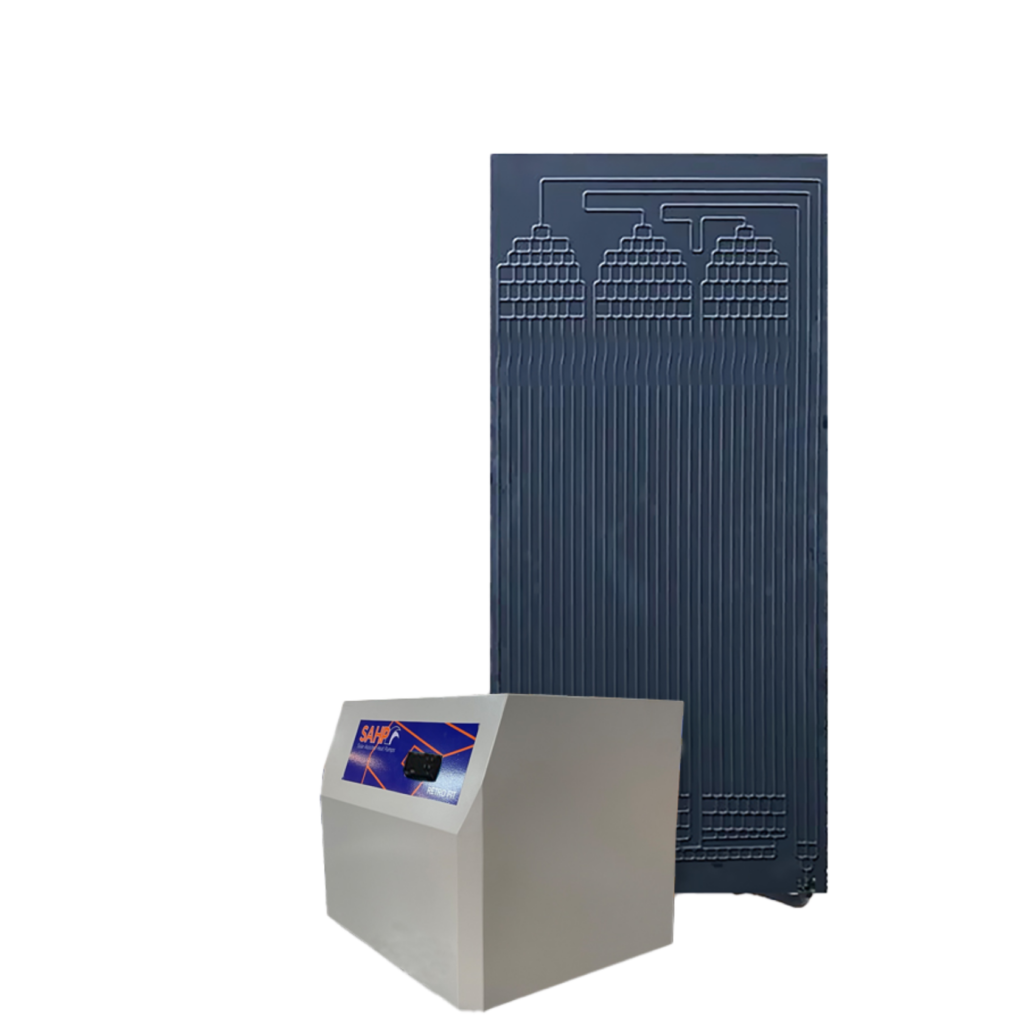
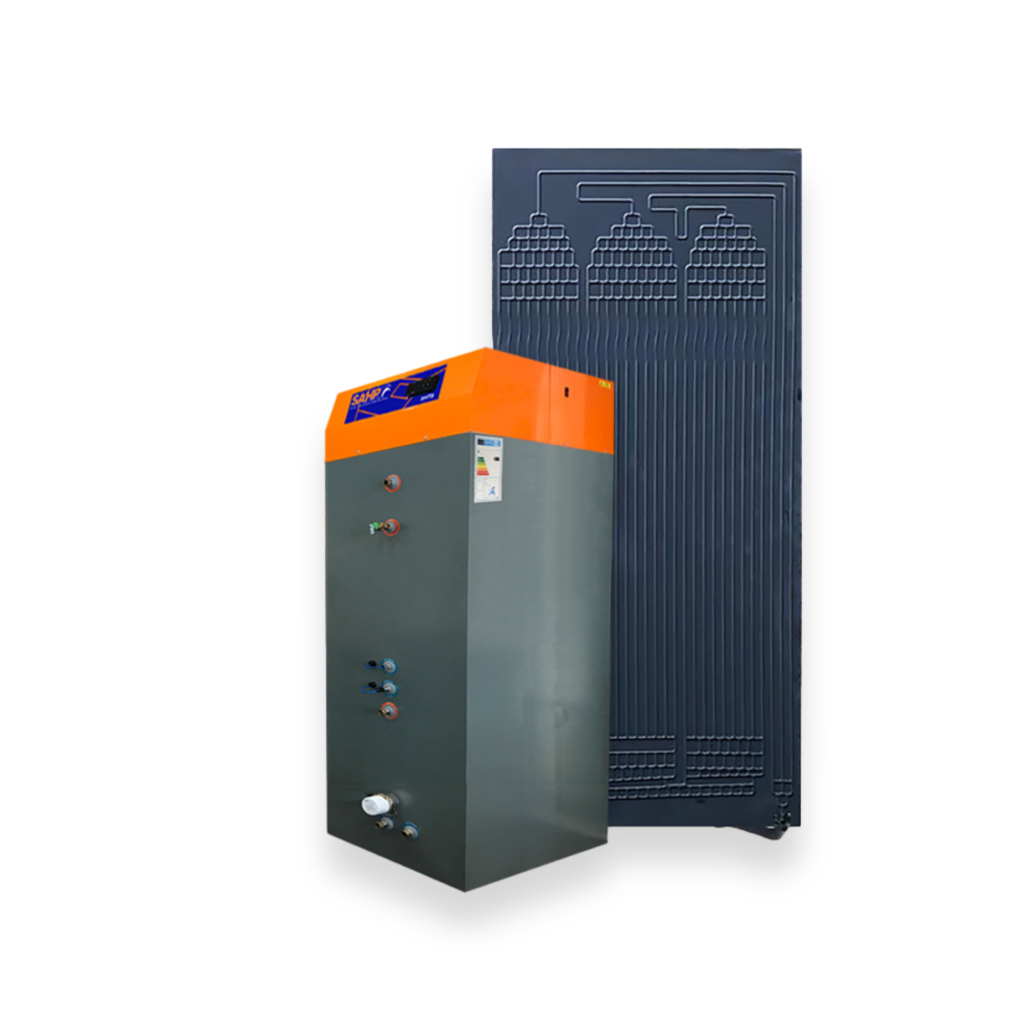
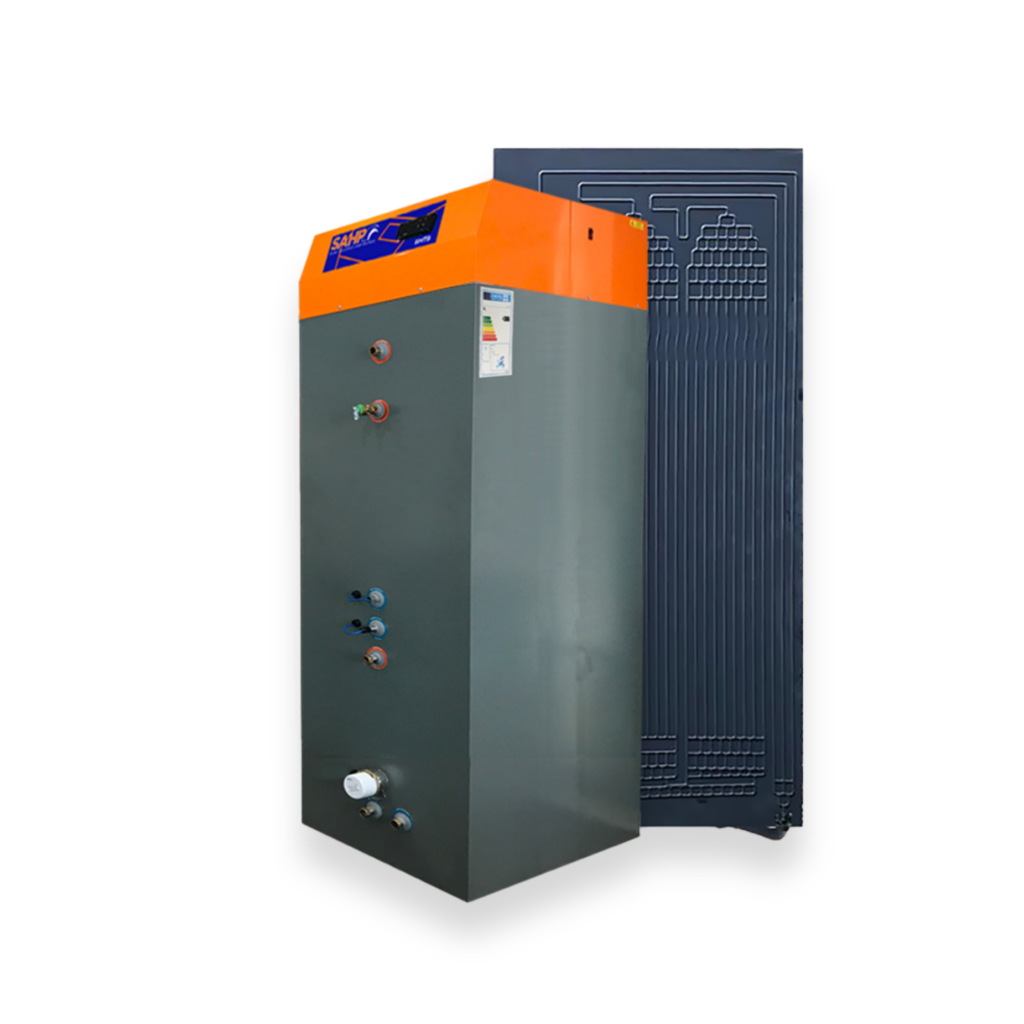
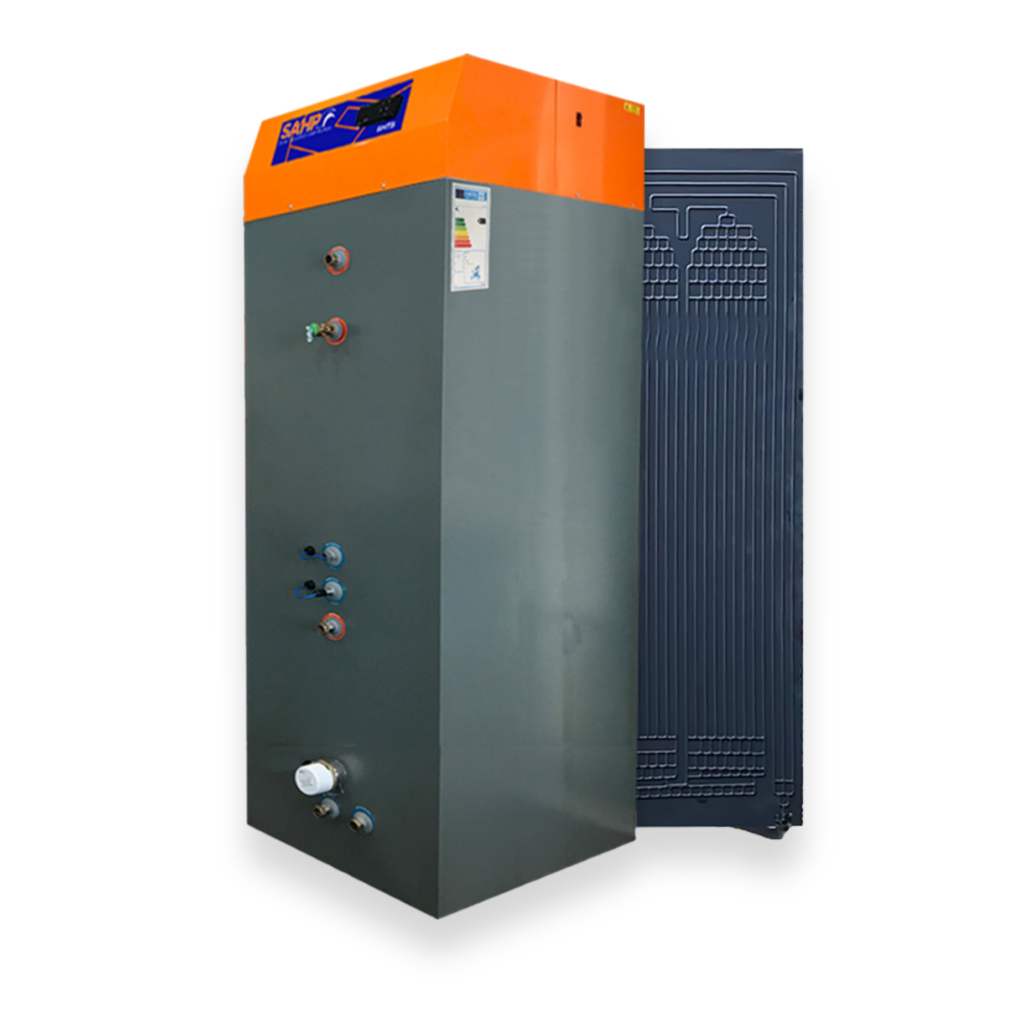
How Much Do Thermodynamic Panels Cost?
Thermodynamic panels are sold for a reasonable price of £5,000 to £6,000, including the panel, components, and installation cost of panels for a family house of four people. Minimal to no maintenance costs ensure that the system will provide a steady return rate over the years.
Operating costs are also low as only the thermodynamic water heating system’s compressor needs electrical power. Under normal conditions, the compressor uses 360 watts an hour, equating to the consumption of a larger fridge. The amount of electricity used by the compressor, however, varies constantly, depending on the weather, time of day, month, and water usage, but remains efficient at all times.
Generally, with an average domestic water usage, the compressor only costs £8-10 per month or £96-120 a year to operate. Even heavy usage, like keeping the thermodynamic heating system on 24/7 would not cost more than £14 a month or £168 a year. If in combination with the thermodynamic panels a solar panel is used for generating the required electricity, the operating costs can technically be eliminated.
If the compressor is set to only operate between certain hours, for example during the hours when the ambient air is the hottest (11 am. until 5 pm.), the weekly electricity usage can be lowered below £4 a month or £48 a year, without causing much inconvenience.
How Much Can You Save?
Just how investment in solar panels provides a solid rate of return, thermodynamic panels are even more worth your money. Among the numerous domestic hot water solutions, thermodynamic panels are the cheapest to operate.
Significant amounts can be saved within a few years having thermodynamic water heating installed in your home. However, thermodynamic panels offer a lot more than just a long-term financial advantage, such as the convenience of having hot water instantly all day long, all year round, down to −15°C; your home will be safer as you won’t have to store large amounts of flammables like oil and gas; and the system even adds value to your property by making it a modern, sustainable home.
Where Can Thermodynamic Panels Be Installed?
Thermodynamic panels, contrary to solar panels or solar thermal panels, do not necessarily need direct sunlight, as thermodynamic systems absorb the heat from the ambient air. Obviously, it does help if the sun rays reach the panel but this is not mandatory for effective hot water production. However, efficiency is increased by direct sunlight which also results in the reduced usage of the compressor, leading to even lower operating costs.
For this reason, thermodynamic panels can be placed facing south, west and east, or if that being the only option, north as well; though keep in mind that north-facing panels are likely to require more support of the compressor—but they would still be effective.
Thanks to their ability to heat water from the ambient air, thermodynamic panels are extremely flexible with placement. The most common is to place them on pitched roofs just as solar panels are. They can also be fitted on flat roofs with or without a stand or mounting system. What is more, many decide to place their panels on the walls of their homes, similarly as a window would look like. All of these are equally capable.
Those who want more than one thermodynamic panel have several options as well. Depending on the available space, the panels can be placed next to each other on the wall or on the roof, can be placed on pitched stands on a flat roof, but vertically stacking them is also a possibility.
What Types of Mounting Systems Are Available?
Unless stacking them, thermodynamic panels are usually fitted on six legs that keep them around 15 centimetres away from the wall. The metal legs keep the panel tight and secure, even in stormy weather, regardless of the placement of the thermodynamic panel. While this can also be done on the roof, some choose to install them on metal beams instead.
Similarly to solar panel racking systems, there are also options for using A-racks or pitched mounts that elevate the panel towards the sun in order to tap on even more warmth. When thermodynamic panels are used for more consuming appliances, such as a heated swimming pool, with the intention of saving roof space or because of a lack of much space, it is also possible to get stacked mounts. These most often fix the array of panels on the two ends but it is also possible to balance the weight in the middle of the panels. If required, stack mounts can be reinforced on the sides too.
How Do You Operate the System?
Since the thermodynamic water heating system is relatively simple, there is only one control unit on the compressor; all other components work without having to adjust them regularly. The control unit displays the status of the system, i.e., whether the compressor is running, what the water temperature is, and what is the progress of heating up the full tank.
Under regular conditions, the system works by itself, without having to set anything. If you go on vacation, it is a good idea though to turn the system off so that it does not use electricity in vain. When returning, you can turn on the anti-legionella boost that heats up the water to a higher level using the compressor in order to kill any bacteria that might have appeared in the stale water.
This boost can also be used by a single button press if the entire tank of hot water has been used up because of extraordinary hot water usage—for example, when hosting guests. Turning on the boost will use the compressor to quickly reheat the water. Once it has reached the optimal temperature, the boost switches off automatically.
Some thermodynamic systems have the option of setting operating hours so that the compressor turns off during night, for example. Using such an option can save you £4-5 a month, and also prolongs the lifespan of the compressor.
What Maintenance Is Required?
As a result of the simple, sustainable product design, thermodynamic water heating systems need little maintenance. Since the refrigerant fluid circulates in a closed cycle, and does not degrade over time, so there is no need for refuelling.
Infrequent check-ups—once or twice every 10 years—may be beneficial to keep the system up and running in the long run, without any problems. Should the compressor fail, it is repairable or replaceable for a price starting at £150.
The water tank that is connected to the system should be maintained as any other water tank: depending on the hardness of the water, it needs to be flushed every few months down to once a year. This should be done to prevent limescale build-up.
The thermodynamic panels themselves may be cleaned once in a while, depending on the weather conditions. They require no special cleaning supplies and the washing is only supposed to keep materials off the panel so that the entire ambient temperature reaches the panel, having it operate the most efficiently. This is an optional step if the panels are cleansed well enough by frequent rain.
This way, thermodynamic water heating is an excellent way of reducing your bills and your carbon footprint at the same time, without needing to spend much time or money on maintaining the system—it will be available for you at all times.
